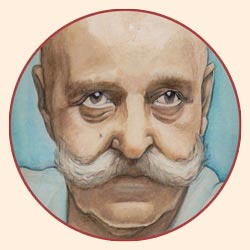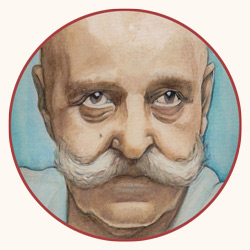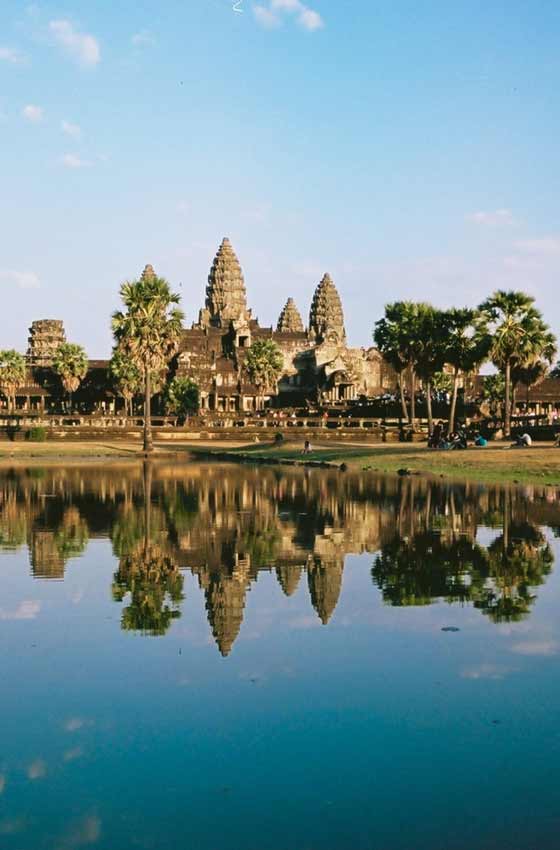Photo of Angkor Wat by Kheng Vungvuthy licensed under the Creative Commons
BePeriod Gathering in Siem Reap
14 – 19 November 2022
In the 9th century AD, a society emerged out of the jungles of Southeast Asia whose achievements would rival the greatest civilizations. It imported Hindu and Buddhist worldviews from neighboring India and executed them in stone on an unprecedented scale. It planted its empire in Angkor, built cities and temples whose sophistication peaked by the 12th century, and then gradually declined to be reclaimed by the jungle. A thousand years later, the spires of its monuments still protrude through the thick foliage as ancient reminders that divine order can triumph over the law of the jungle.
BePeriod invites its members to explore this lost civilization. We will gather in Siem Reap for a week-long visit and take daily excursions to the art and architecture of the Angkor empire. We will conclude our visit by staging a play themed on one of Angkor’s favorite myths, The Churning of the Milky Ocean. Read more below:

In distant times there existed a real knowledge, but owing to all kinds of life circumstances, political and economic, it was lost and only fragments of it remain. These remains I collected with other people.
The Khmer Temple
The most significant remains of the Khmer civilization are its temples. They will be the focus of our visit. The Khmer viewed their temples and shrines as abodes of gods that enabled them to bestow their beneficence on visitors. This approach resembles almost all other traditions, who saw temple-building as a means of achieving permanent access to the divine. Hindu philosophy equated this principle with the general laws of making anything permanent: the laws of crystallization. Just as churning crystallized milk into butter, so could struggle introduce order and permanence on all cosmic levels. Hence the popularity of the Hindu churning myth and its frequent appearance in their art and architecture.
The ancient Khmer were no strangers to struggle. They spared no effort in modelling their temples into colossal cosmoses. They dug mile-long moats to represent the primordial waters, leveled courtyards to represent the ascending stages of land and hill, and built towering spires to represent Mount Meru, the mythical abode of the gods. The result was a colossal map. Walking through the temple, one was effectively walking through a book of cosmic principles. And if one was in possession of the proper key, one could learn from this book about cosmoses on any scale, including the micro-cosmos human being.
Bayon Temple | Angkor Thom
Photo by João Francisco
Esoteric schools… are difficult to find because they exist in the guise of ordinary monasteries and temples. Tibetan monasteries are usually built in the form of four concentric circles or four concentric courts divided by high walls. Indian temples, especially those in Southern India, are built on the same plan but in the form of squares, one contained within the other.
George Gurdjieff

Angkor Wat Temple
Photo by Anne Nicole
Angkor Wat
The sophistication of ancient Khmer architecture finds its optimal expression in Angkor Wat. We will visit this temple twice and approach it from two points of view: the general layout as a map of the cosmos, and the specific movement from the outer to the inner courtyard.
Architectural Layout
Angkor Wat was laid out as four concentric squares. The outermost courtyard was flanked by a watery moat that protected it from the jungle. The innermost courtyard enshrined a colossal sculpture of Vishnu, to which the temple was dedicated. Therefore, the journey into the heart of the temple was a journey from the jungle to divinity. As we traverse this symbolic journey physically, we will aim to understand its inner meaning and implications.
Gallery of Reliefs
The wall that divides the outer courtyard from the inner ones displays bas-relief friezes of battle scenes from Hindu epics. Four gates, each aligned with a cardinal point, enable entry beyond this wall. We will study the myths featured on each wall to ascertain whether they offer insight into the conditions of entry into the inner courtyard.

George Gurdjieff
Angkor National Museum
The artifacts in the Angkor National Museum will help us become more familiar with some of the basic Hindu and Buddhist worldviews upon which the Khmer civilization was founded.
Hindu philosophy viewed the world as a cosmos whose existence depended upon an equilibrium between good and evil. As long as these two forces counterbalanced each other, the cosmos existed in peace. But ever so often the forces of evil gained the upper hand over the forces of good, placing the entire cosmos under threat. In these instances, Vishnu was responsible for restoring order. He did so by incarnating into various earthly forms that suited the occasion. The myths of these Avatars, and the ingenious way in which they restore equilibrium, are the backbone of most Hindu epics.
Some of the Khmer kings embraced Buddhism and dedicated their temples to Buddhist deities. The museum will also expose us to Buddhist sculpture, through which we will examine aspects of its philosophy and practice: the typical seated Buddha posture, the thousand Buddhas wall configurations, and Siddhartha’s former lives.
King Jayavarman VII
Symbols are based on an understanding of true analogies between a greater cosmos and a smaller, a form or function or law in one cosmos being used to hint at the corresponding forms, functions and laws in other cosmoses. This understanding belongs exclusively to higher or potential functions in man, and must always produce a sense of bafflement and even frustration when approached by ordinary functions, such as that of logical thought.

Churning of the Milky Ocean | c. 1800, Rajasthan
Theater
Churning of the Milky Ocean
The Churning of the Milky Ocean from the Mahabharata is one of the most commonly featured myths in Khmer art and architecture. In a typical moment of historical crisis, the equilibrium of the cosmos is once again endangered. Gods and demons beg Vishnu for help. He advises them to churn the ocean of milk to retrieve the lost nectar of immortality. This scene was displayed prominently on the inner wall of Angkor Wat, as well as in each of the entries to the city of Angkor Thom.
Hindu myths were regularly performed by dancers in the inner courts of each temple. Performance vivifies storytelling, as well as forces the knowledge onto all centers by complementing text with movement and emotion. By this token, we will stage our own version of The Churning of the Milky Ocean. Our evenings and nights will be spent in rehearsal, placing us under creative pressure to deepen our understanding of this myth. We will perform on the last evening of our gathering, dividing our troupe into gods and demons, and using the pool of our residence as the ocean of milk.

Inner unity is obtained by means of ‘friction,’ by the struggle between ‘yes’ and ‘no’ in man. If a man lives without inner struggle, if everything happens in him without opposition, if he goes wherever he is drawn or wherever the wind blows, he will remain such as he is. But if a struggle begins in man, and particularly if there is a definite line in this struggle, then, gradually, permanent traits begin to form themselves, he begins to ‘crystallize’.
George Gurdjieff
Photo of Angkor Wat by Florian Hahn






